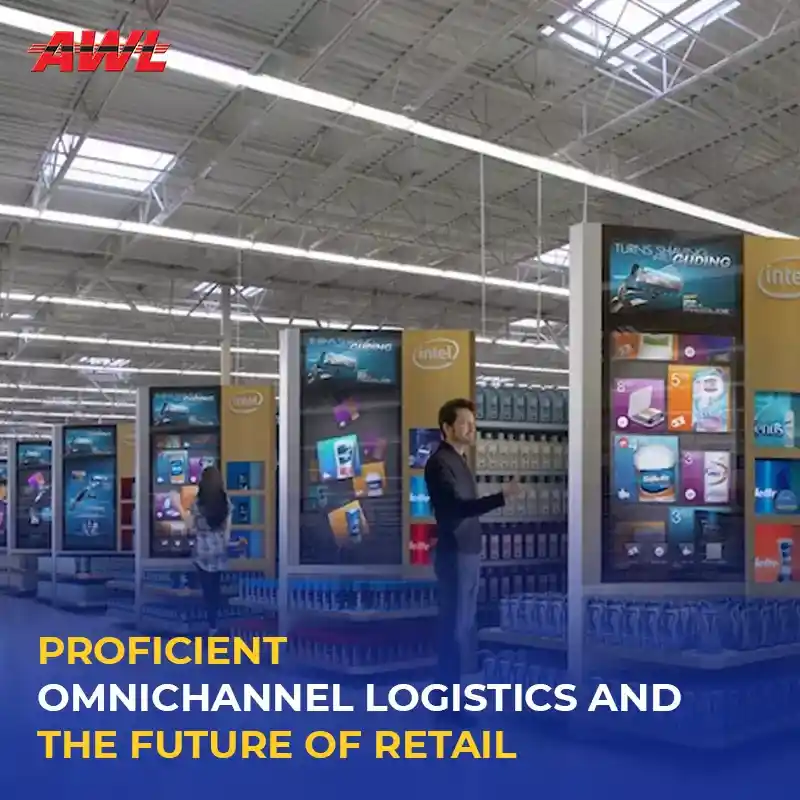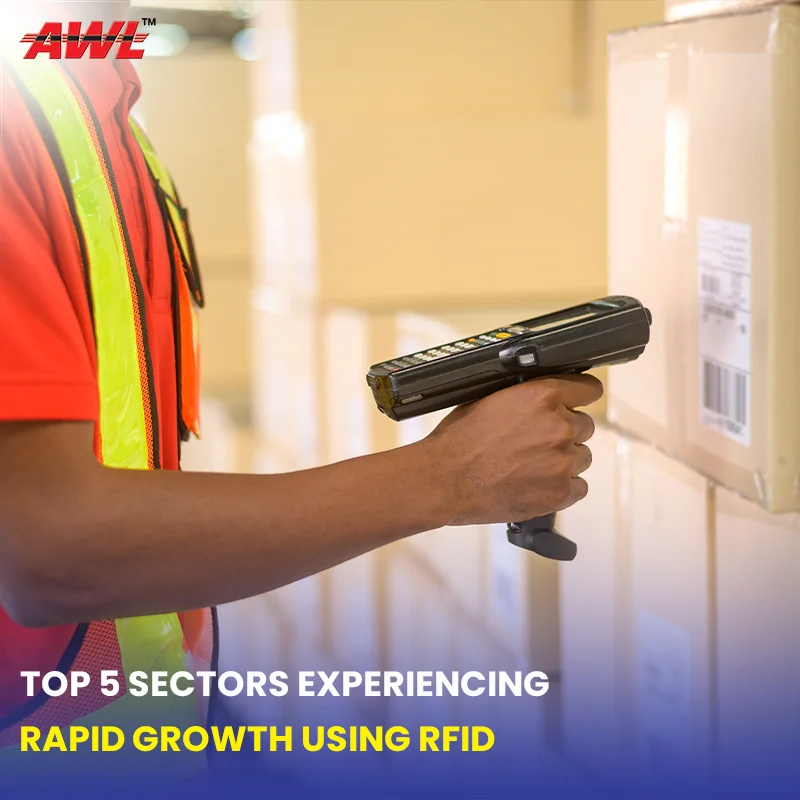

The omnichannel logistics model has demonstrated its value in terms of upholding operational and business continuity. Omnichannel supply chains are already the standard, whether it’s a small business or a giant e-commerce company. Especially when online and offline shopping is becoming increasingly hazy. Beyond the pandemic, this is anticipated to continue to be the new standard. It is compelling warehouse owners and the logistics industries to adapt more quickly and adaptably to the shifting needs of markets and customer preferences.
The COVID-19 epidemic has been named the decade's key driver for the digital revolution in the retail industry. Almost every area of the economy has been affected by the pandemic, but mainly the retail and service sectors. The conditions of the new normal have altered consumer behavior patterns, particularly the widespread usage of internet purchasing. Online buying was already perceived as quick, convenient, and widely available, but the epidemic added the qualities of safety and inevitability.
Retailers, logistics providers, and manufacturers all use digital platforms to track inventory, complete orders, and engage with customers. The challenge is that the technologies keep updating now and then and businesses need to keep updating them frequently at their end too. The data is the most crucial thing in this era and that should be something, which is understandable, shareable and get stored easily. Companies can examine the dynamics of their order fulfilment, gain insightful information about client satisfaction, and obtain statistics with the use of big data and AI, artificial intelligence. A platform for managing orders at AWL India is sophisticated and updated. Retail businesses can track their inventory, get data insights, and keep a bird-eye view of their consignments. While the team just monitors the outcomes, the automated platform automatically fills the order from the inventory.
Fulfilment and Warehousing at Perfect
Great businesses tend to diversify their product lines by entering new markets, exploring new countries, and expanding their operations. So, the conventional warehousing strategy, which segmented supply chains based on the type of products, is no longer effective as more than the product, its fulfilment and timely delivery have become the important factors. Building an omnichannel warehouse installed with robotics arms, drones, AI integrated software, equipped with the latest cold chain equipment and fully digitized processes that can provide fast pick-and-pack services and proficient storage for all products is the only solution. An intelligent warehouse with an automated management system like WASS (Warehouse As A Solution), for instance, which is innovated by AWL India, a leading supply chain management and warehouse company which is serving over seventy countries around the world, is the best way to manage warehousing solutions. With technologically advanced 10 million sq. ft of warehouses in India, AWL India’s warehousing management system use barcodes on each shipment, to recognize the product and organizes its picking, packing, and managing delivery and returns with a complete automated system.
Omnichannel Distribution Makes Difference
A seamless shopping experience can only be achieved through omnichannel distribution, which is the one-touch integration of operations and physical product flows across all channels. To put it another way, omnichannel distribution refers to a system that enables customers to make purchases and get goods through any channel they choose. Especially in the eCommerce market, referral websites, advertisements, search engines, mobile marketing, social media, etc. are the most often used channels of distribution. But they are not distribution but sales channels, period. Because they all end up in logistics. The last-mile delivery is the most critical part of the whole journey. But the capacity to simultaneously handle all these channels is indeed necessary for an eCommerce marketing plan to be successful. At this and all later stages of the omnichannel marketing strategy, the final business choice on the type of distribution to select is influenced by all these variables.
Furthermore, since customers can return items, it includes backward distribution ideas in addition to the delivery of goods to retailers and customers. Distributions can be of two types.
1. Forward: Consisting of sources (locations for dispatching), destinations (points for receiving), and related links. Businesses consider many sources and destinations in the physical structure when developing it, as well as potential delivery techniques and modes.
2. Backwards: It is when the product is returned by the customer and sent back to the warehouse after receiving. It’s not just about shipping back the products but other services like refund money transactions, warehouse inventory changes, taxes, and other processes that are involved in reverse logistics or backward distribution.
With the growth of social commerce, which combines e-commerce with social media purchasing and allows customers to buy straight from their accounts, omnichannel logistics and reverse logistics have become more important than ever. Users now anticipate instantaneous processing and delivery from these buying experiences. Logistics must promptly fulfil these instant requests to live up to such goals. Let's examine how omnichannel logistics might modify current models to meet rising customer expectations and offer benefits to retail companies and their end-users.
Conclusion
The development of the number of potential logistics channels is one of the effects of the retail industry's quickening digitalization and expansion. Buyers are making their purchases through a variety of channels, they can shop for the required products online, test them out in-store, order them using an app or over the phone, and can even pick them up in a warehouse facility close to their locations. All business locations and channels will be combined into one in omnichannel logistics management. So, wherever the consumers are, retail businesses can still send their products to their customers in the minimum amount of time and distance using the best omnichannel logistics services like the one at AWL India.
A long-term innovation is Omnichannel Logistics. Working with seasoned engineers that can integrate analytics, predictive logistics, and real-time management into their supply chains is a good idea for logistics organizations. Both customer, and business supply chain companies gain from this method of delivery and collaboration in various ways. End-users benefit from quick delivery and targeted offers, while businesses can draw in more customers by using a variety of logistics channels. Traditional retail is currently being replaced by e-commerce and social commerce; thus, logistics providers need to adjust to the new norms. AWL India had prepared for the future a long back after seeing the importance of automated warehouses like WAAS, intelligent logistics, technology, advanced fulfilment, and swift distribution methods. The only way to establish transparent interactions with clients and partners is by using management software and ERP platforms, which are well-equipped by AWL India.
Also Read: Logistics as the key contributor to the growth of retails in India

